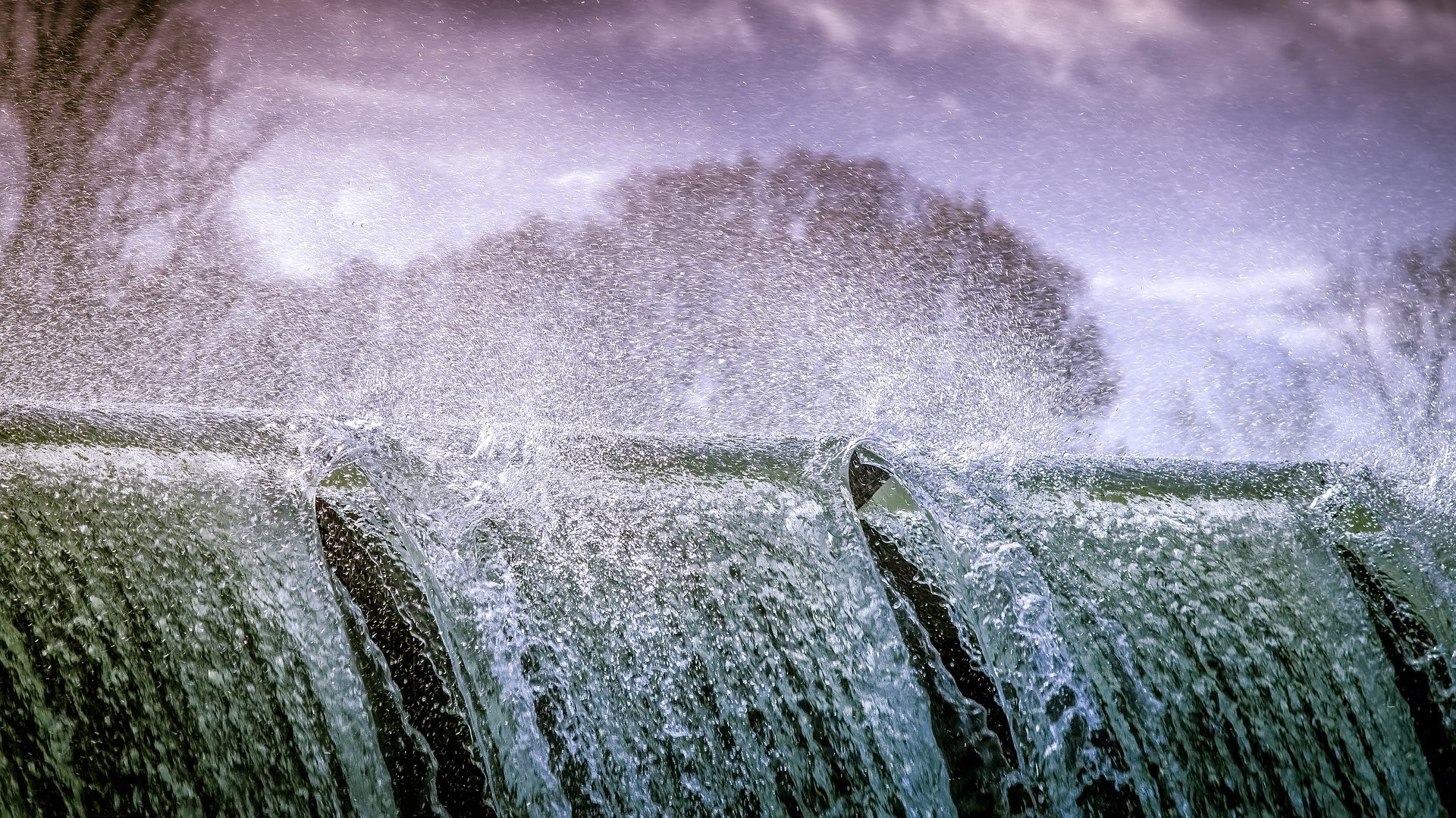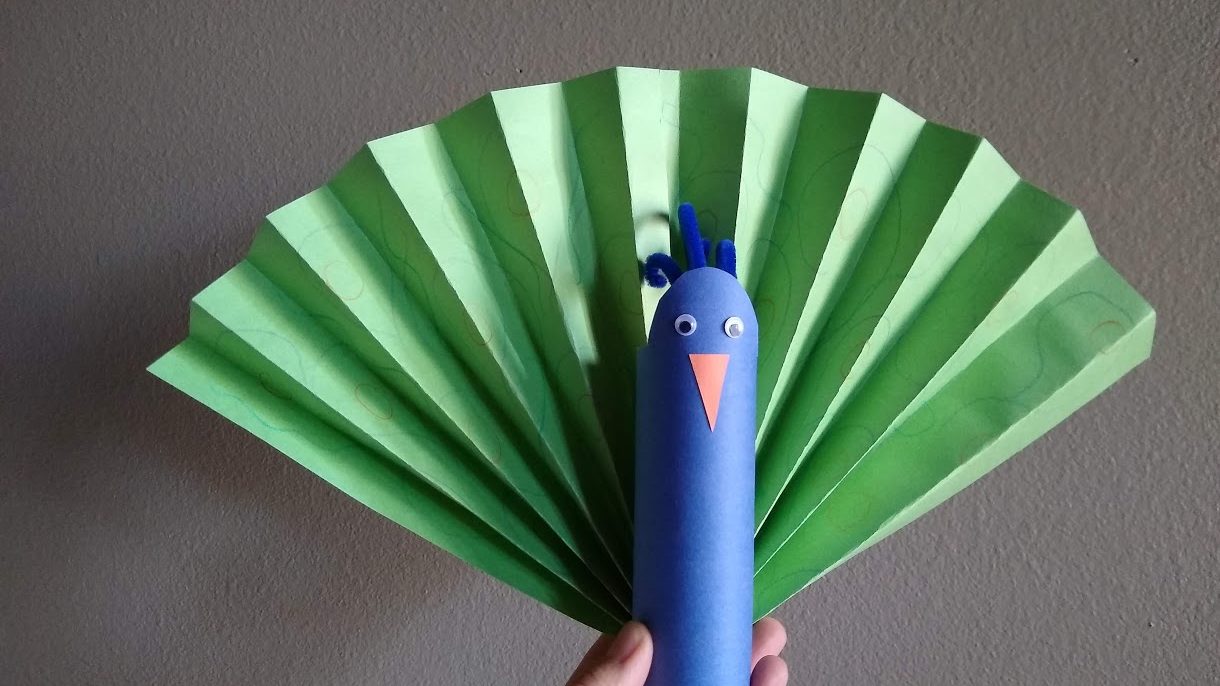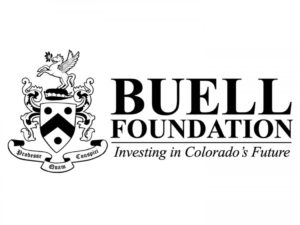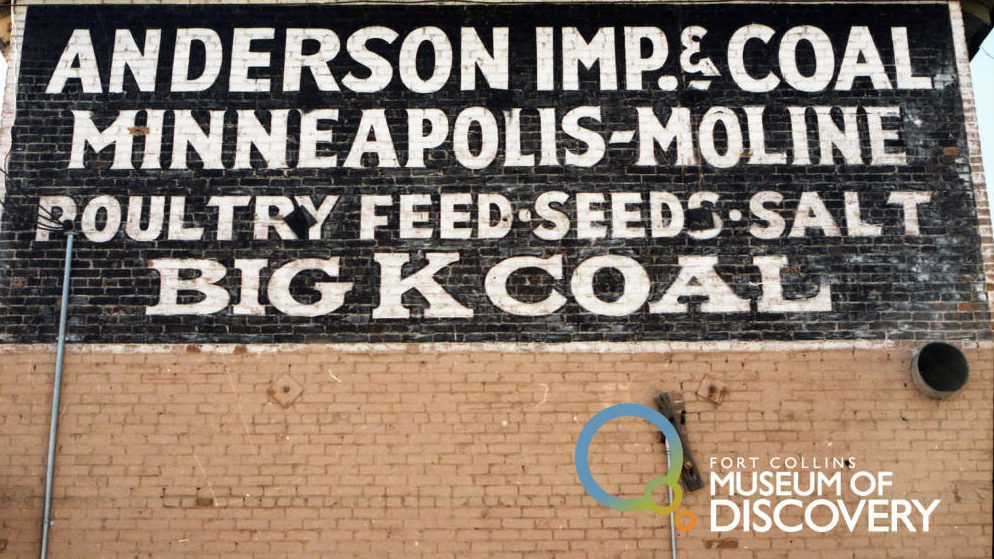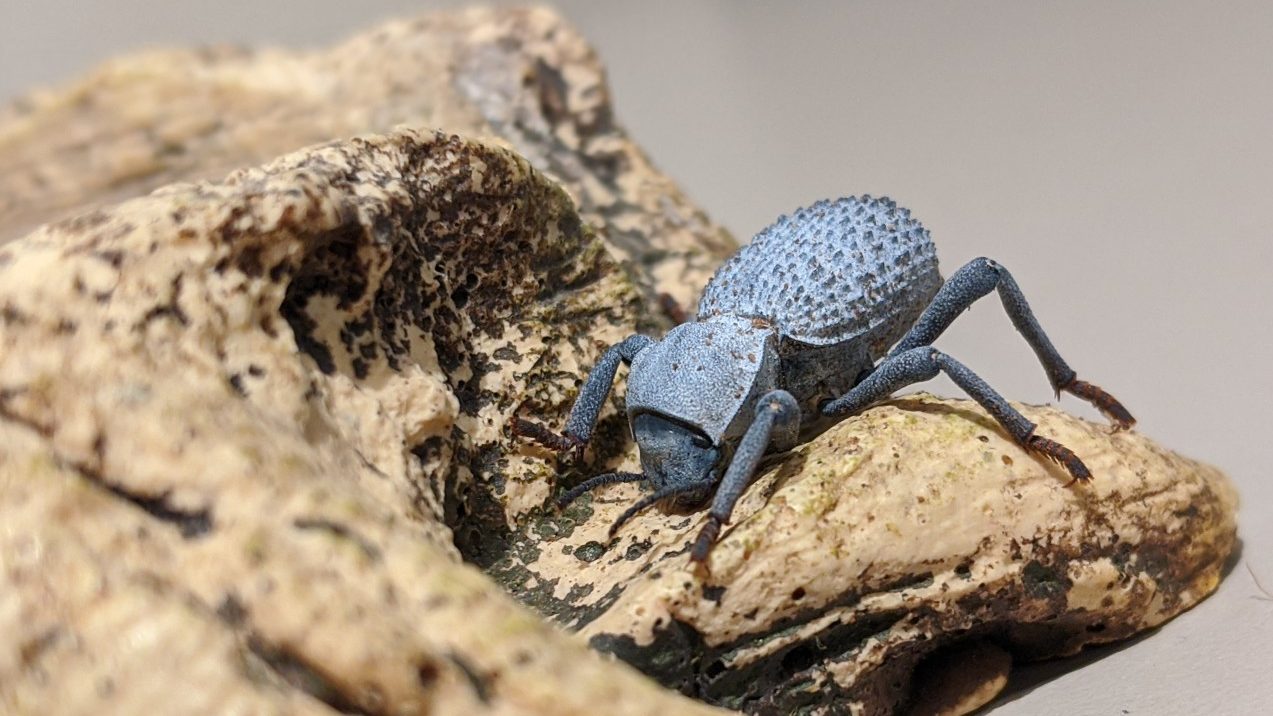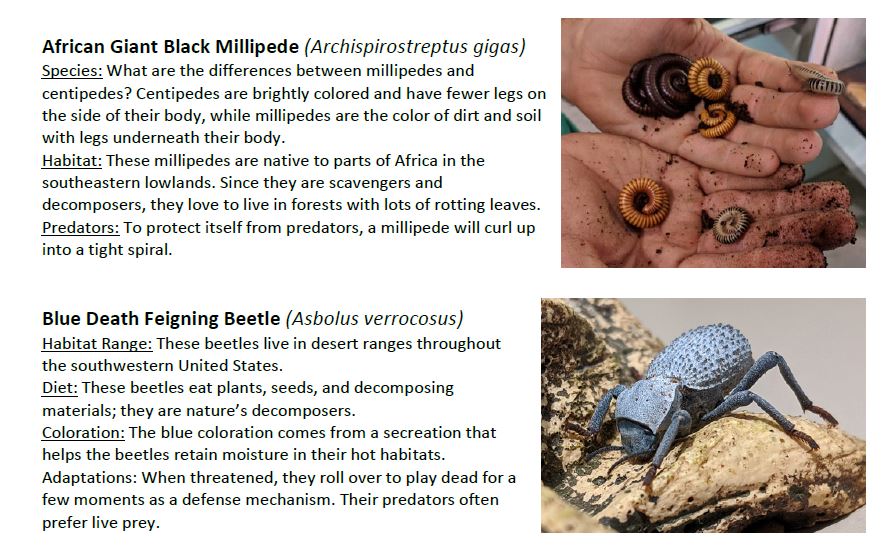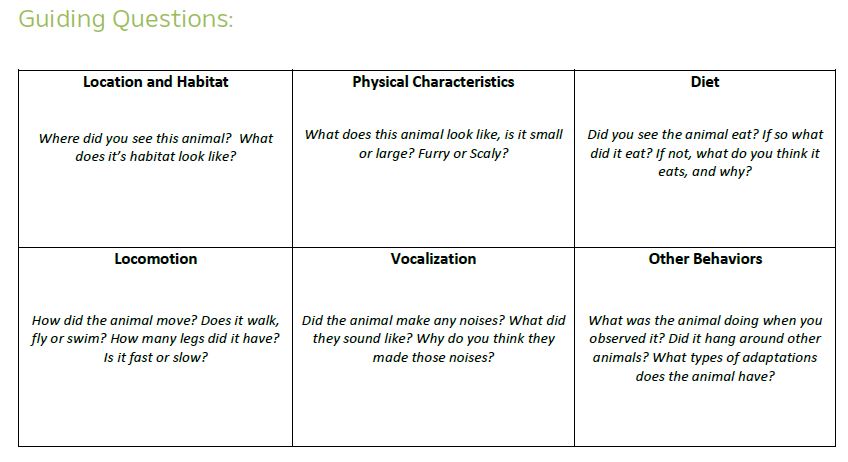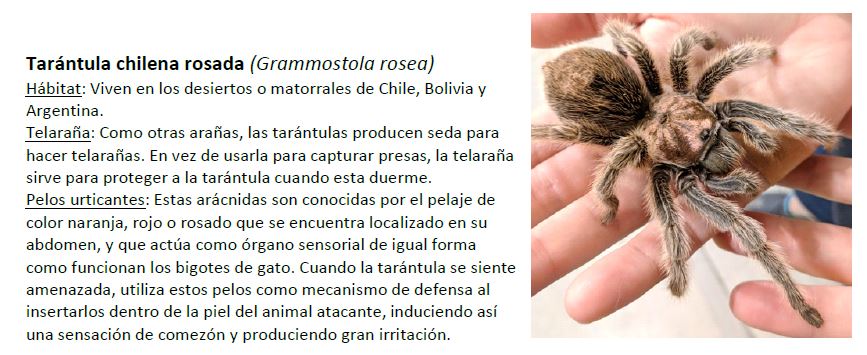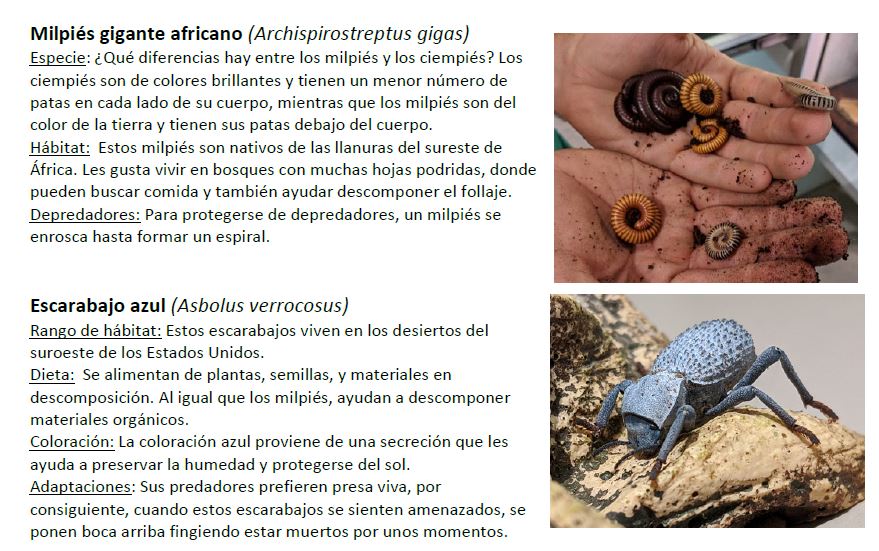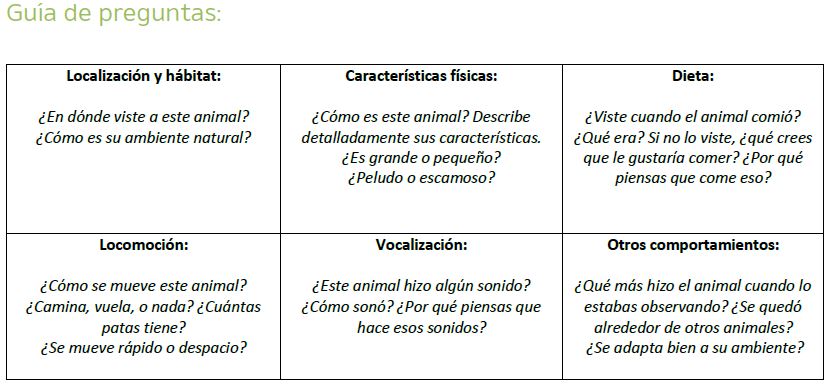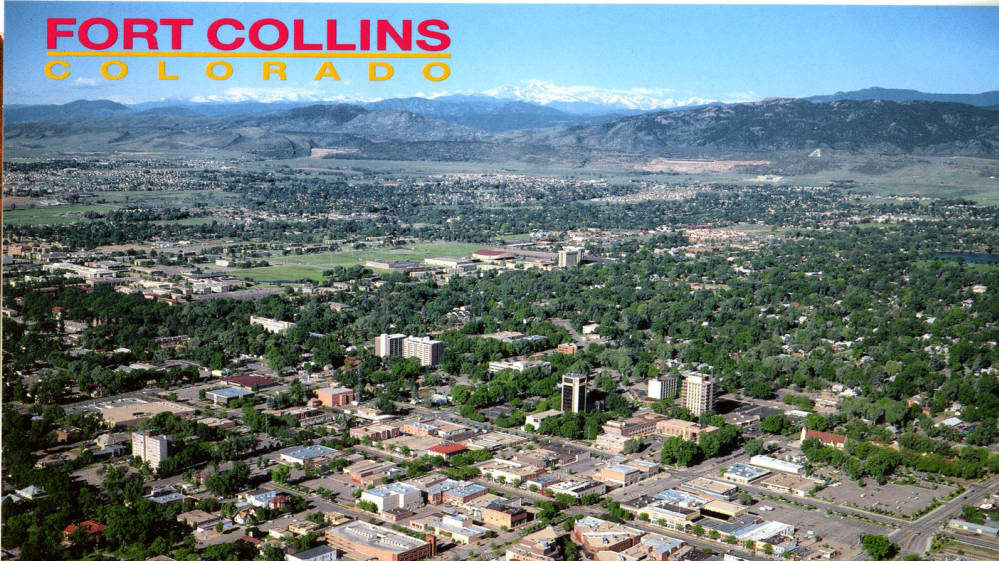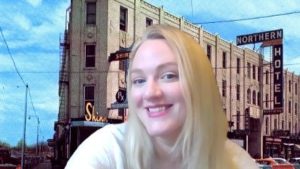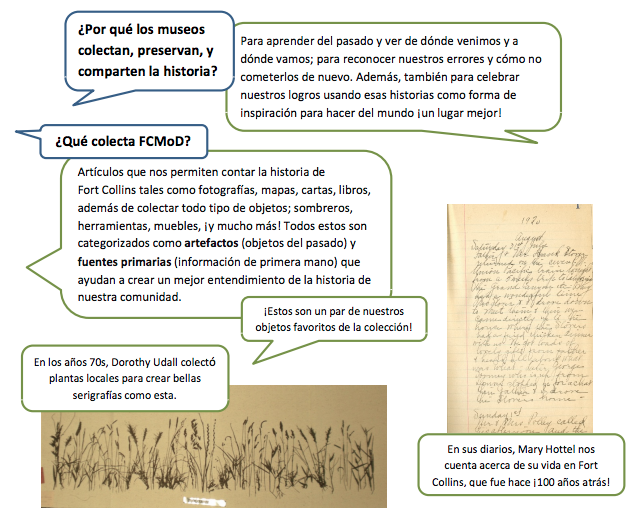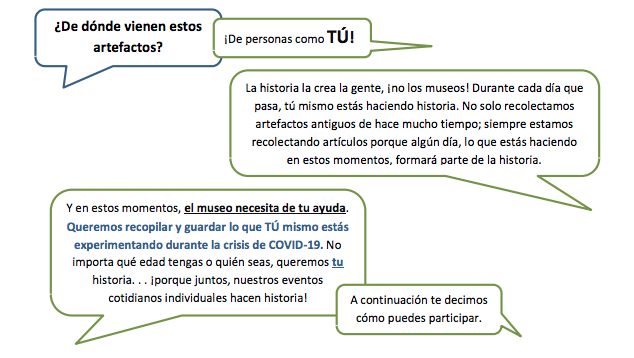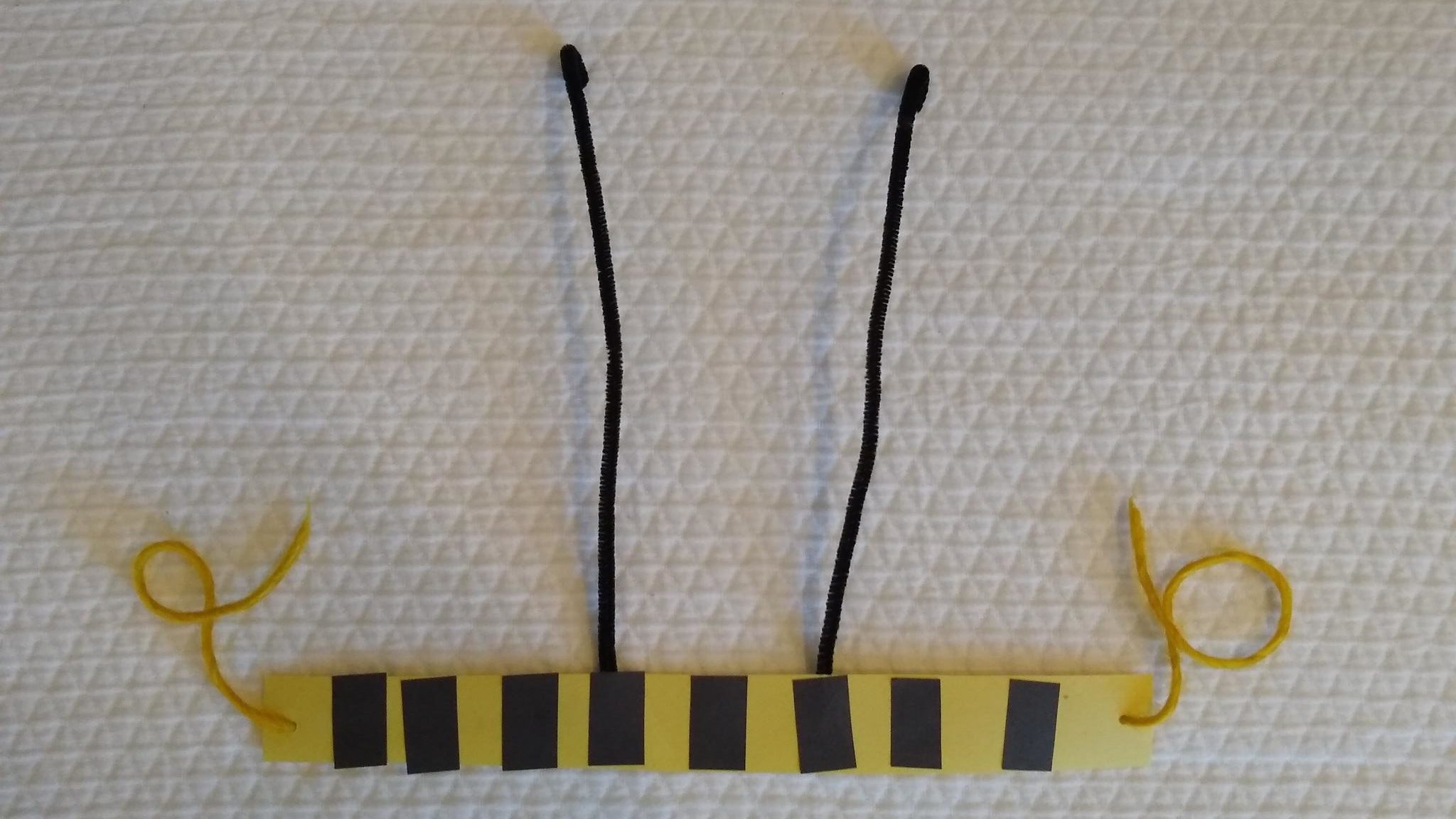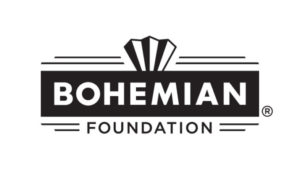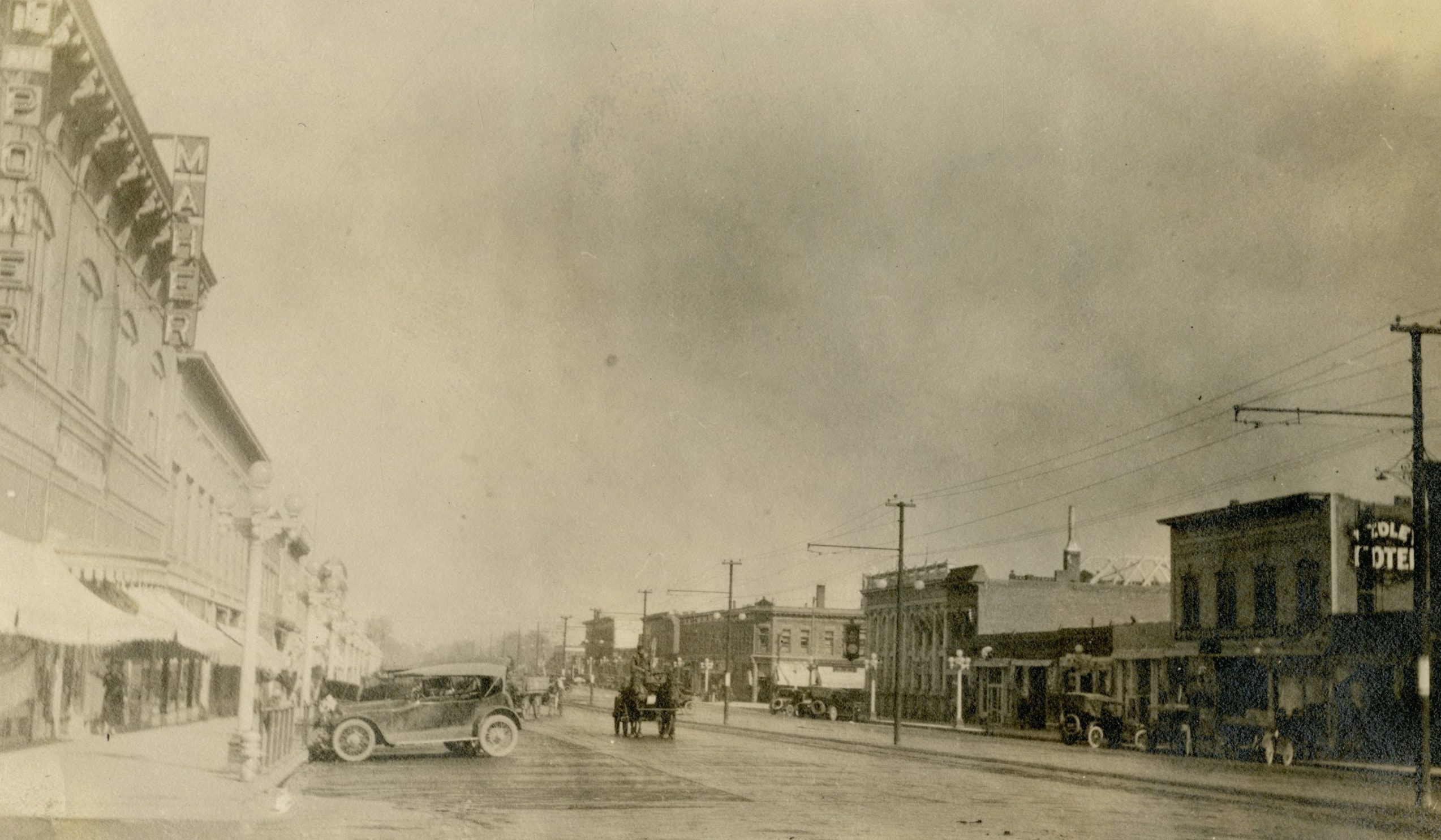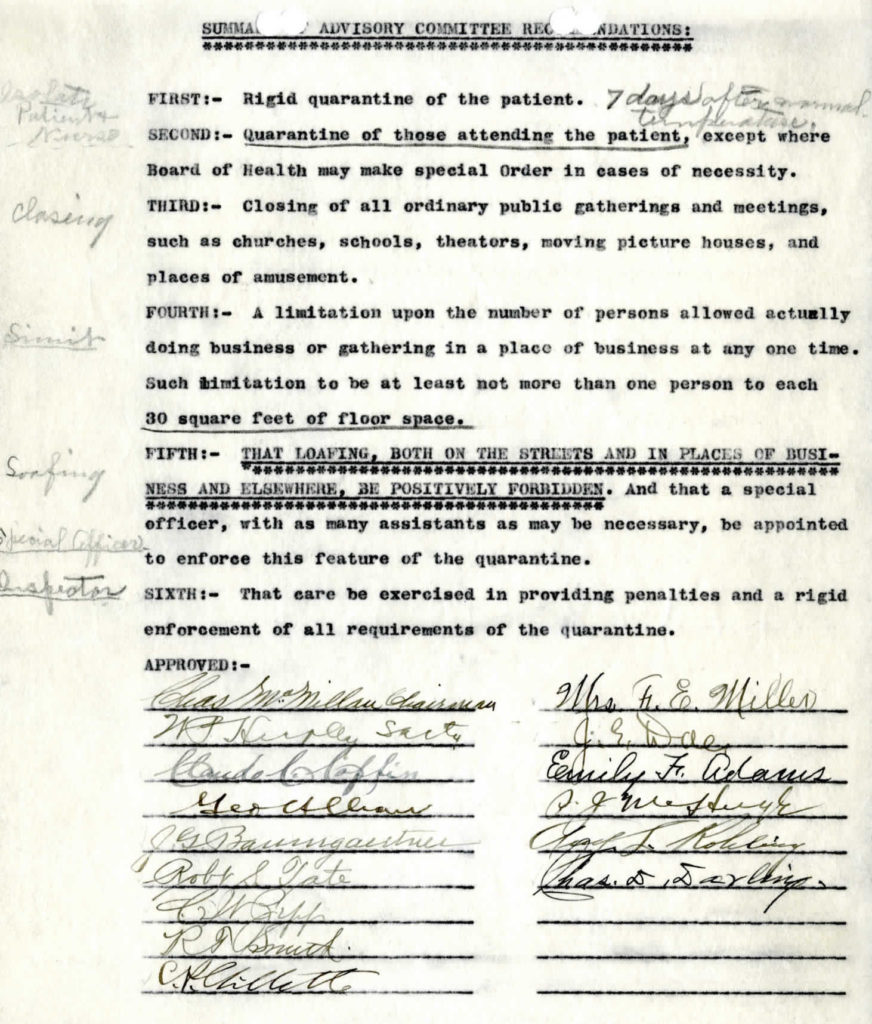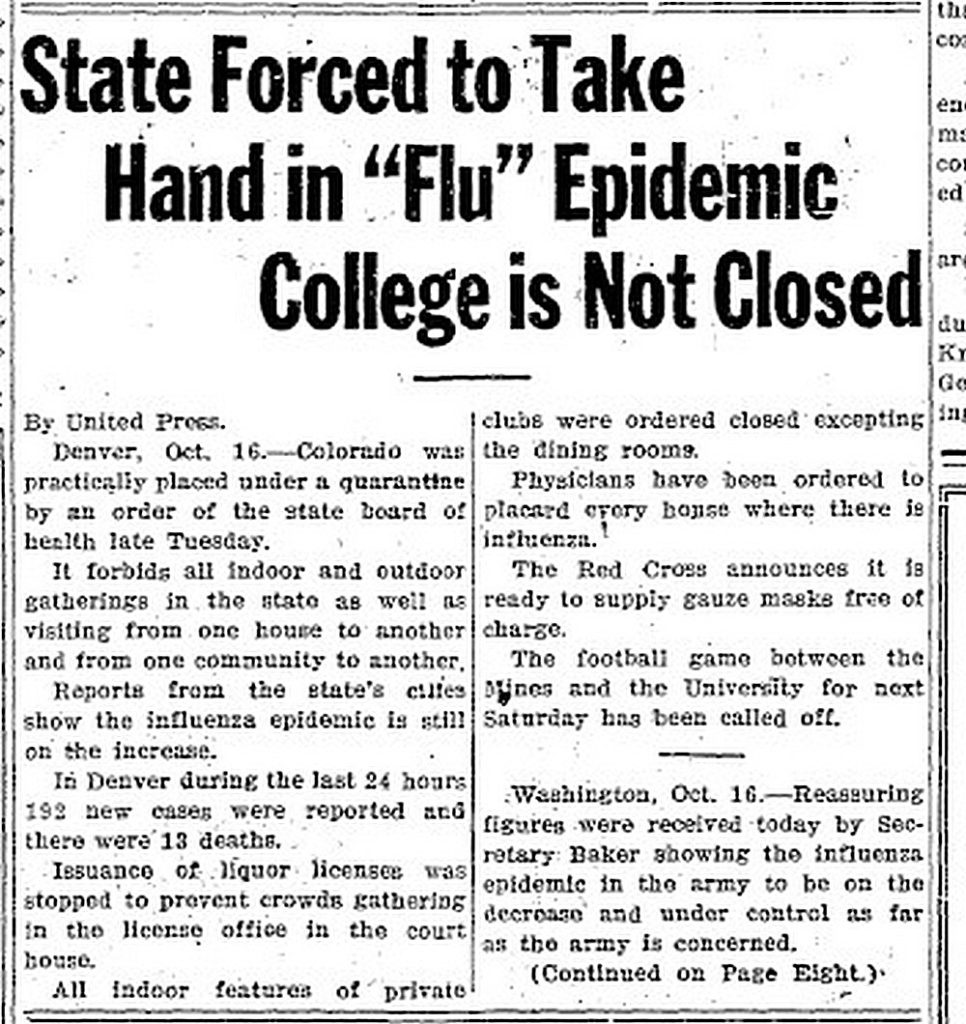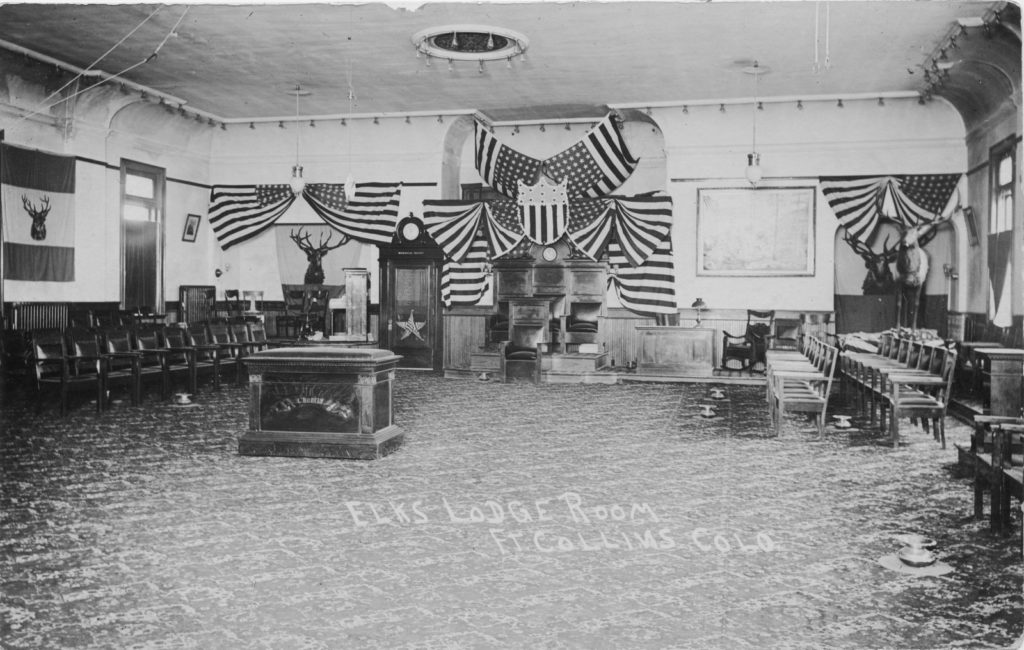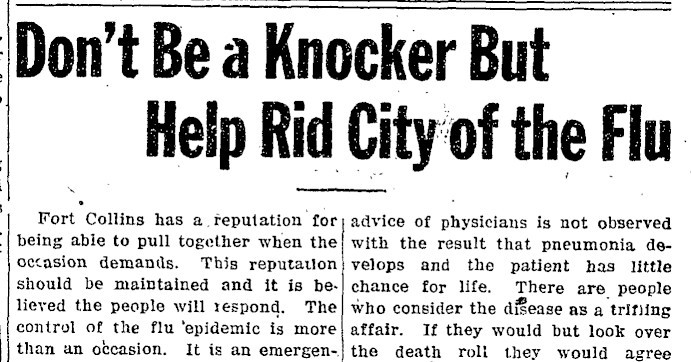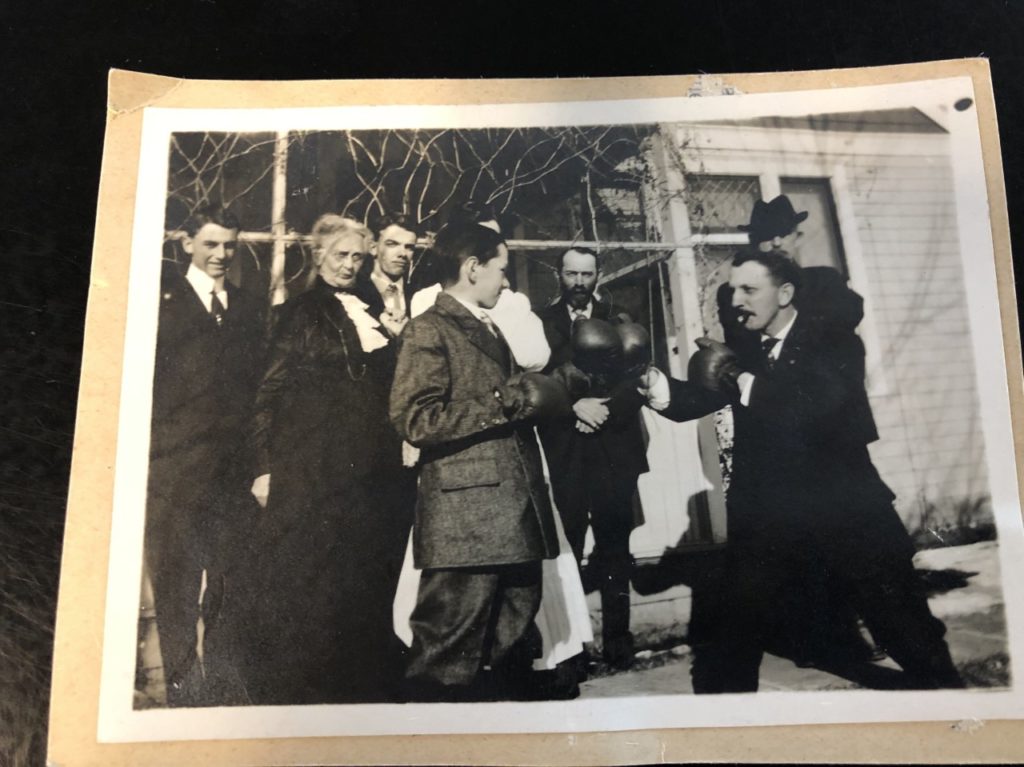Post written by Hannah Curtis, Education Assistant.
Daily Discovery: Hydro Power!
From waterwheel mills, paddle wheel boats, to modern day hydroelectricity, our water resources have assisted humankind in meaningful ways. Come back in time to take a peek at historical Fort Collins and see how the Poudre River influenced the local flour mill. Then, check out how engineers have utilized the power of water to create electricity, and discover more by creating your own paddle boat!
Hydro Power Explained
Hydro power, or hydroelectricity, is the conversion of energy from flowing water to electricity. Similar to wind turbines, hydropower plants use the force of flowing water to turn propellers in a turbine to spin a generator, which creates electricity. Hydropower plants are often large dams, and utilize natural bodies of water like rivers or lakes, like the Crystal Dam in Gunnison, CO. They can also be part of man-made reservoirs or storage systems. Almost all U.S. States generate electricity via hydropower. Colorado hydroelectric plants produce 1,000-5,000 billion kilowatt-hours! Discover more here!
Before the invention of hydroelectricity, hydropower was simply the ability to harness the power of flowing water to move machinery. Ranch-Way Feeds, the livestock feed manufacturing company in Fort Collins, began as the Lindell flour mill built in 1868, built by “Auntie” Stone and Henry Peterson. The mill sits on the bank of the Cache la Poudre River, a perfect spot to draw water from the river to power the mill.
A water wheel was a popular tool used in flour and lumber mills as well as mining. There are three types of waterwheels, and they depend on the location of the river compared to the mill and how fast the water is moving.
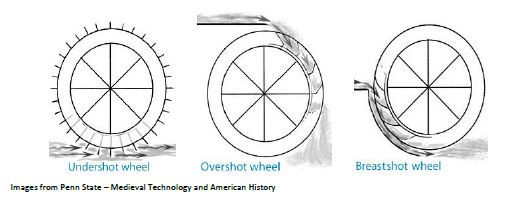
Elastic Band Paddle Boat!
It may not be a hydroelectric powered boat, but you can still utilize water resources for innovation, transportation and play-time. This DIY boat reflects the design and function of a water wheel, but real paddleboats are coupled with steam engines to turn the paddle wheel to propel the boat forward.
Supplies:
- Rubber Band(s)
- Bathtub, sink, pool or large bucket
- Water
- Paper
- Pencil
Additional Supplies:
These are suggestions, feel free to use what you have at your home
- Popsicle sticks
- Glue
- Tape
- Styrofoam
- Plastic utensils
- Plastic bottles
- Aluminum cans
- Scissors
- Straws
- Chopsticks
Instructions:
Brainstorm & Evaluate:
Take some time to think up, design, and sketch the basic shape and components of your boat. Think of the materials you have in your home that you could use and re-purpose. How large is your body of water, will your boat fit?
Prototype Development:
Gather your materials, and begin building. Where is the best spot to add your paddle wheel? Will all your materials float?
Testing:
Wind up your rubber band, place the boat in the water and observe what happens.
Evaluate:
Was your boat a success, or does it need a few touch ups? Continue to develop and test until your boat meets all your requirements.
Bonus:
What alterations can you make to your boat to make it move faster and more efficiently without weighing it down?
Remember, water is a valuable resource. Once finished, consider reusing your body of water to give your dog a bath, to water your plants, or simply wash your hands
Want to download these directions? Click here for a handy PDF!
Follow along with our Daily Discovery! Click here for all activities that you can do at home.
Educational opportunities like this are supported in part by Fort Fund.


